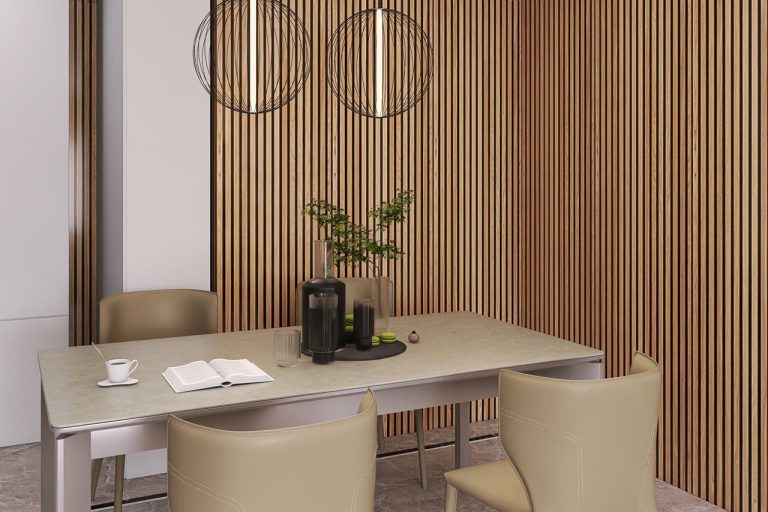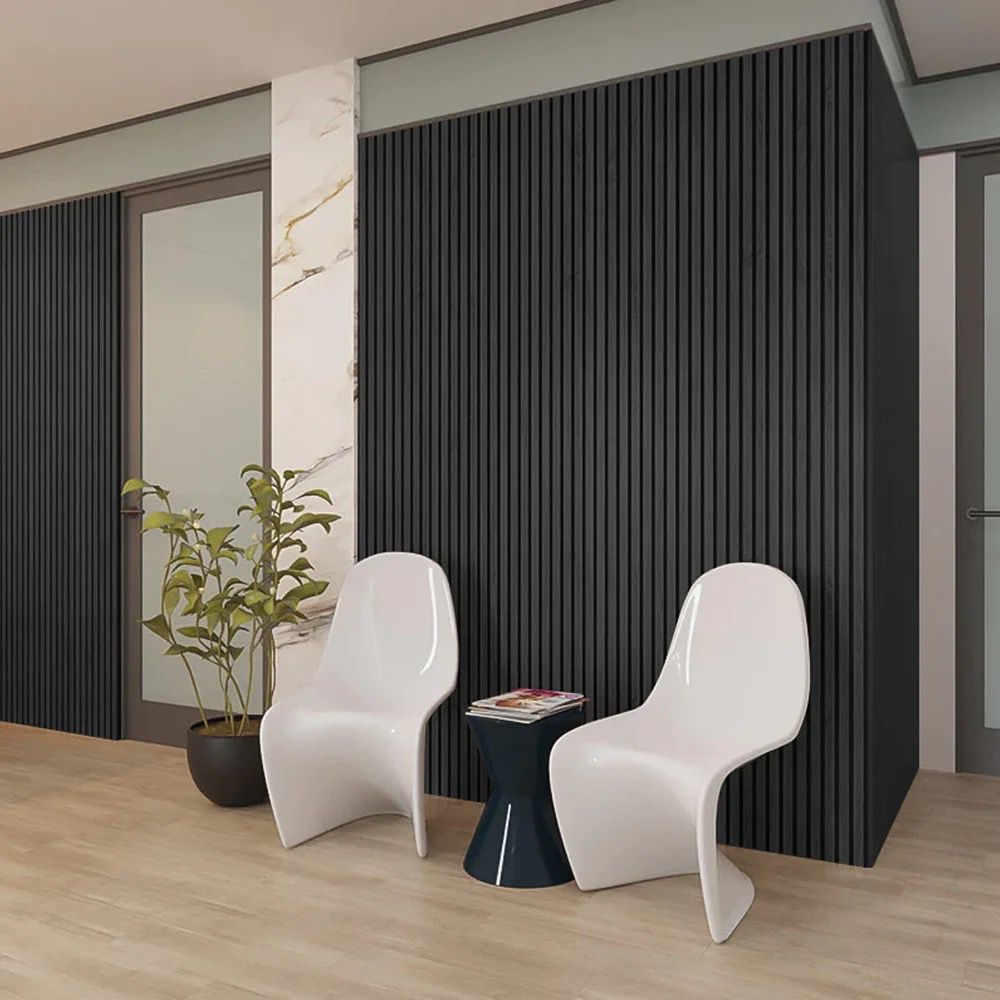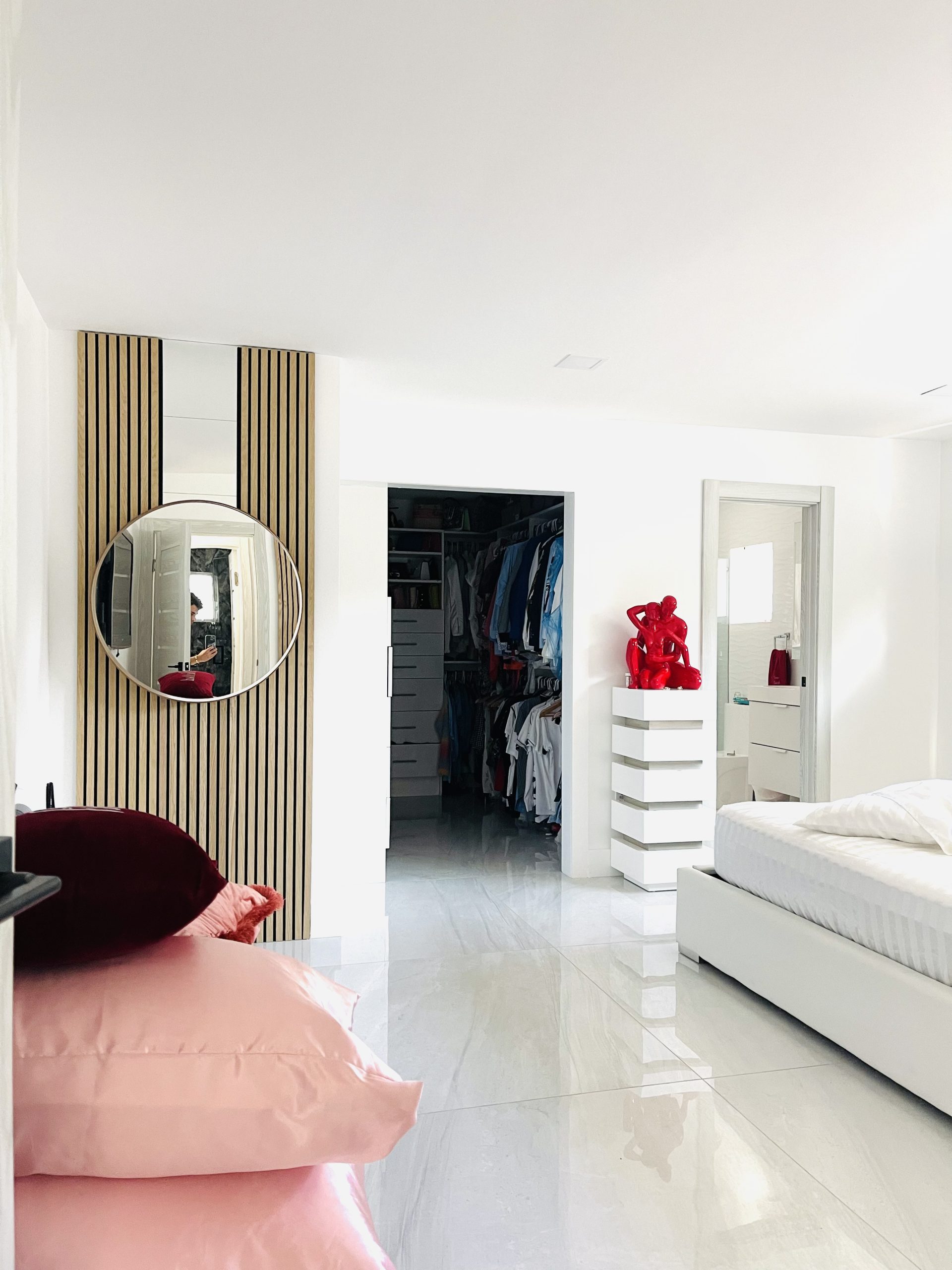Discovering a reliable leading firm for your driveway, sidewalk, or parking lot can be daunting. Searching for “paving firms near me” exposes many options, but how do you understand which to choose? This overview offers understandings right into crucial aspects that make a leading business trustworthy and the services they provide.
Understanding the Function of Paving Companies
Leading companies focus on producing, preserving, and fixing surface areas such as driveways, car park, pathways, and roads. These specialists make use of various materials, making sure that your surface areas are not only useful however visually appealing also.
Types of Solutions Provided by Paving Firms
New Installations: This includes building brand-new driveways, parking area, and walkways using asphalt and concrete for sturdiness and level of smoothness.
Fixings and Maintenance: Paved surface areas often establish splits and potholes. Paving companies provide fixing solutions to enhance longevity.
Sealcoating and Resurfacing: Sealcoating shields surface areas from UV rays and climate damage, while resurfacing uses a brand-new layer to boost the surface area’s appearance and honesty.
Customization and Design: Numerous firms permit you to personalize the look of your led locations to match your property’s aesthetic.
Why Choosing the Right Paving Business Matters
Choosing the right paving business makes certain high-grade outcomes that satisfy your expectations. Right here are a couple of reasons:
Quality Handiwork: Experienced business stick to the current sector standards, making certain surfaces endure web traffic and weather conditions.
Cost-Effectiveness: While quality paving might appear originally pricey, it decreases the need for regular repairs and supplies lasting cost savings.
Safety and Conformity: Trustworthy business follow neighborhood safety policies, supplying peace of mind concerning compliance.
Trick Considerations When Searching for “Paving Companies Near Me”
Here are important factors to take into consideration when looking for a paving business:
Reputation and Reviews: Research study the company’s credibility with on the internet testimonials and reviews. Suggestions from loved ones can also be beneficial.
Experience and Know-how: Select a company with relevant experience for your specific task, whether household or commercial. An seasoned service provider can deal with different obstacles efficiently.
Licenses and Insurance Policy: Guarantee the business is certified and guaranteed to shield against liabilities and verify it fulfills specialist standards.
Clear Prices and Quotes: Demand in-depth quotes from several firms to get a clear malfunction of expenses, preventing unexpected costs.
The Paving Refine Explained
Familiarizing yourself with the paving procedure can aid take care of expectations:
Initial Assessment and Evaluation: The firm assesses your demands, inspects the website, and goes over the best solutions for your job.
Website Preparation: This step involves clearing up particles, grading for appropriate drainage, and ensuring a stable base for the paving product.
Product Selection and Application: The professional aids in selecting materials like asphalt or concrete, adhering to with appropriate installation.
Completing and Inspection: After installment, completing touches such as sealcoating might be used. A last evaluation makes certain top quality requirements are met.
Advantages of Choosing AAA Paving as Your Regional Paving Business
When looking for paving companies near me, AAA Paving attracts attention for a number of factors:
Specialist Group: Our knowledgeable specialists deliver high-grade paving solutions tailored to your needs.
Comprehensive Solutions: We provide a complete variety of services, consisting of brand-new installments, repair services, and sealcoating, ensuring we can deal with any kind of project.
High-Quality Materials: We make use of high-grade materials to make certain toughness and an attractive finish.
Customer-Focused Method: We stress communication and openness, keeping you notified throughout the procedure.
Competitive Pricing: We offer clear and affordable prices with detailed estimates, helping you comprehend your financial investment.
For more details on our solutions, visit our website.
Frequently Asked Questions Regarding Paving Companies
Just how Do I Know If I Required New Paving or Services?
If you see substantial splitting, pockets, or sinking, it might be time for fixings or repaving. Consult a expert for clarification.
The Length Of Time Will the Paving Job Take?
Job duration varies based on dimension and intricacy. Smaller jobs can be completed in a couple of days, while larger projects may take a week or longer.
What Maintenance Should I Carry Out Post-Installation?
Regular maintenance consists of sealcoating asphalt every 2-3 years, maintaining surfaces clean, and resolving minor repair work promptly.
Final thought
Discovering the right paving business near me is crucial for the success of your paving project. By evaluating online reputation, experience, and solution high quality, you can make an informed choice. AAA Paving provides quality services to guarantee sturdiness and visual appeal for your paving needs. If you have inquiries or wish to begin a job, do not hesitate to connect!







